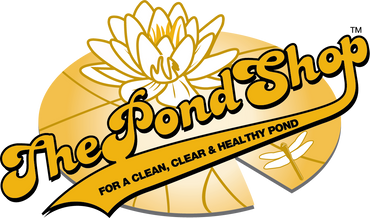Alligator Weed

Alligator weed is a non-native perennial, sprawling, floating plant with hollow stems often in a dense tangled mass, rooted in waters up to 8 feet deep. They also grow from the shoreline, and occasionally free-floating. Its fleshy stems grow horizontally and can reach a length of 30 feet. The leaves are opposite in pairs or whorls with a distinct midrib and range in size from 1 to 3 inches. Alligator weed flowers appear in early spring. It has no petals but five white or colorless sepals up to ¼ inches long. Alligator weed plants growing in aquatic habitats tend to have stems that are hollow and larger than those of plants growing on land. Alligator weed grows throughout the Southeast Region, Texas, California, and parts of the Midwest. Dense mats of alligator weed displace native aquatic and shoreline vegetation and also alter aquatic systems by decreasing water flow, increasing sediment, shading submerged plants reducing oxygen levels, filling in and choking open water habitats. Alligator weed mats provide a breeding ground for mosquitos.
Prevention
Alligator weed is a pest in aquatic environments and it is prohibited in many states. These plants reproduce mainly through fragmentation and root buds and can be transported by animals, boats, trailers and other equipment. When using water facilities such as ponds, lakes, rivers; make sure all clothing, boats, trailers, and any related equipment are free of plant material prior to leaving. Clean and flush watercraft to rid them of any plant contaminants. Early detection and eradication are highly recommended to avoid infestations. Nutrient availability in the sediment will feed its growth.
Biological Control
Beneficial bacteria products and enzymes such as PZ900 feed on nutrients in the water making them unavailable for plant growth. Reducing nutrients can help prevent invasion.
Physical/Mechanical Control
Mowing, raking or harvesting can provide short-term control. Hand removal when roots are included has been successful in controlling alligator weed in small areas. All plant remnants must be removed from the area and properly discarded to prevent re-growth. Physical removal along with chemical control and a reduction of nutrients entering the pond will maximize success.
Chemical Control
When used carefully according to the label instruction, aquatic herbicides can be safe and effective management tools.
Sonar A.S. is a long-acting systemic herbicide ideal for water bodies with minimal flow. Simply mix Sonar A.S. with water and spray throughout the surface of the water or pour in different spots around the pond. Sonar A.S. does not have water use restrictions.
Sonar RTU is a long-acting, systemic, easy to use herbicide. Sonar RTU does not require mixing, simply open the bottle and treat from the shoreline.
Clearcast Herbicide and MSO Adjuvant are specifically designed for use in and around water. These products are the ultimate solution in eliminating most emergent vegetation for long-lasting results with minimal retreatment.
